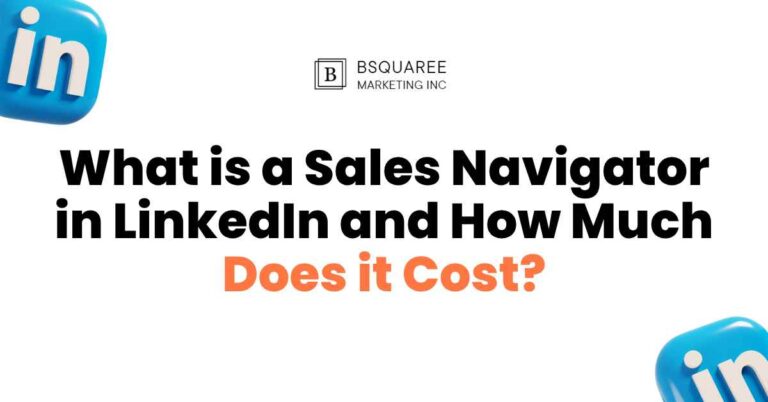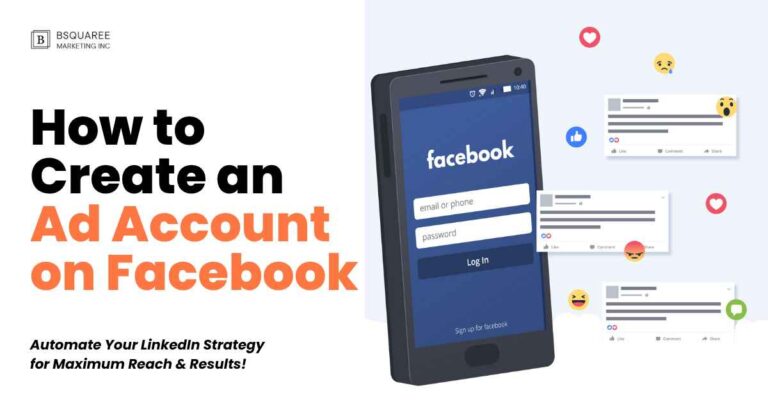Why is Facebook Ad Reach so low with Website Conversion
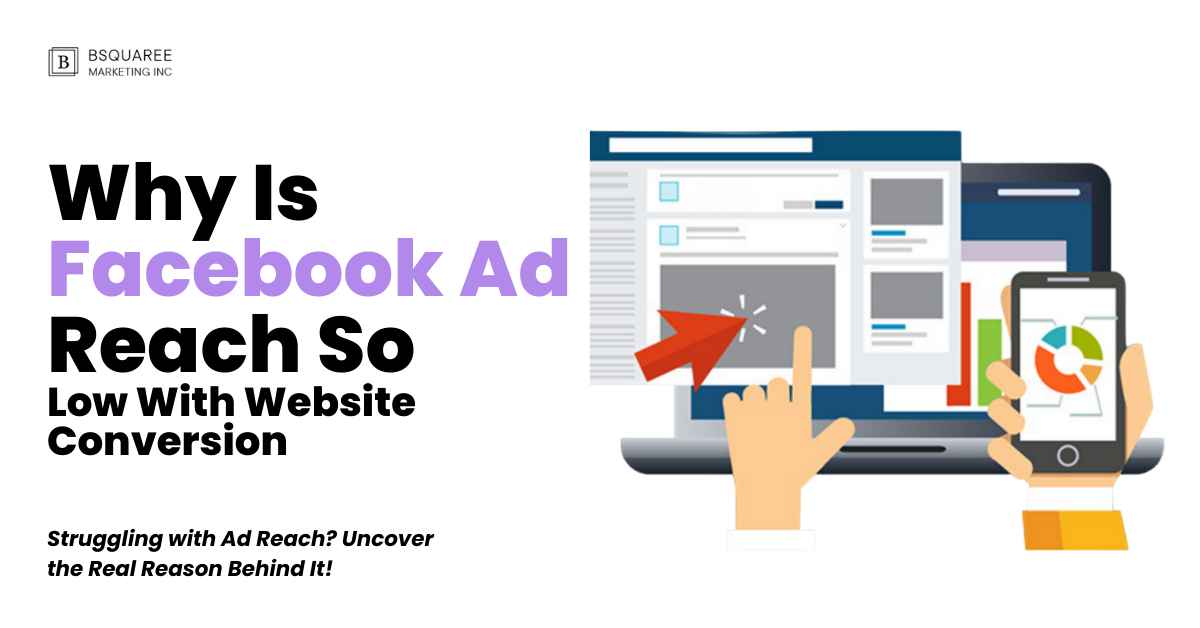
When optimizing Facebook ads for website conversions, it’s common to experience reduced reach. This occurs because Facebook’s algorithm prioritizes ads that are likely to drive conversions, often narrowing the audience to those most likely to take the desired action. As a result, the ad’s exposure is limited to a smaller, more targeted group, leading to lower reach. For example, if you’re targeting a “Purchase” event on a product page, Facebook may deliver ads only to the top 2–5% of users in your audience who’ve historically shown buying intent. While this improves conversion rates, it reduces the total number of people who see your ad. Understanding this dynamic is crucial for advertisers aiming to balance reach and conversions effectively. Recognizing the factors influencing ad reach allows for strategic adjustments, ensuring that campaigns are both effective and efficient in achieving desired outcomes.
Understanding Facebook's Ad Reach Dynamics
Algorithm Prioritization
- Engagement Signals: Facebook’s algorithm prioritizes content that generates meaningful interactions, such as likes, comments, and shares.
📈 Example: A video ad that garners 200+ shares and 300+ comments in 48 hours will often see a reach boost compared to a static image with little interaction. - Relevance Scoring: Ads with higher relevance to users’ interests are more likely to be shown to a broader audience.
🧠 Example: An ad with a Relevance Score of 8 out of 10 may cost 20–30% less per result than an ad scoring a 4, according to Facebook’s own data. - Content Type: Interactive and high-quality content tends to receive better engagement, enhancing reach.
Tip: Video ads on Facebook have 135% greater organic reach on average compared to photo ads.
🎯 Conversion Optimization
- Narrow Audience Targeting: Optimizing for conversions often involves targeting a specific audience segment, which can limit reach.
🔍 Example: An eCommerce brand targeting “Add to Cart” behavior within a custom audience of 10,000 users might only reach 2,000–3,000 due to algorithm filtering. - Ad Delivery Constraints: Facebook’s system may restrict ad delivery to a smaller group to ensure higher conversion rates.
💡 Statistic: According to Facebook, campaigns optimized for “link clicks” tend to reach 2–3x more users than those optimized for “purchase.” - Budget Considerations: Limited budgets can further constrain the number of users reached, especially when targeting specific conversion events.
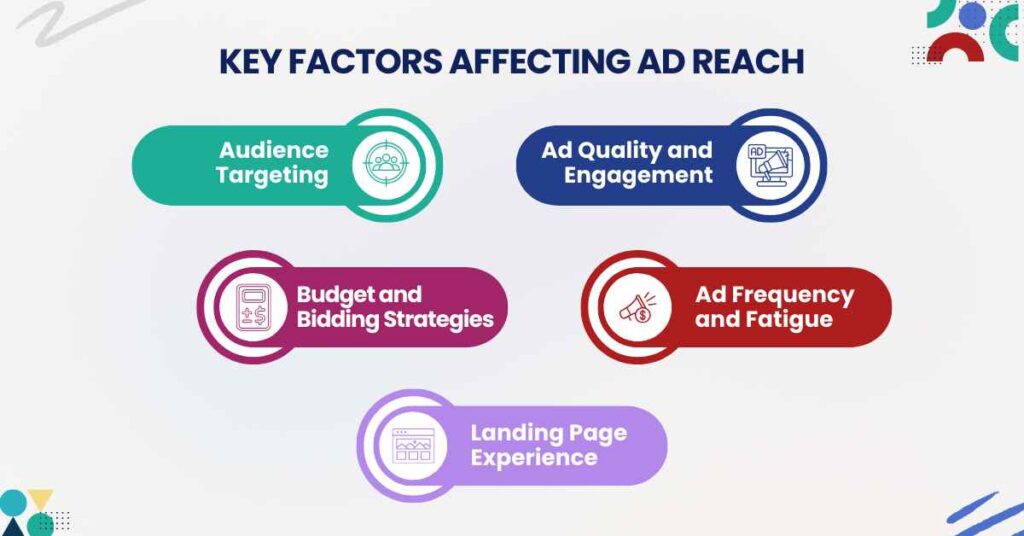
Key Factors Affecting Ad Reach
🎯 Audience Targeting
- Narrow Audiences: Targeting very specific demographics can limit your ad’s reach.
🧪 Example: Targeting women aged 25–30 in New York who like “organic skincare” may result in a small audience pool of only 15,000–20,000 users. - Broad Audiences: Expanding your audience parameters allows Facebook’s algorithm more flexibility.
👥 Tip: Creating Lookalike Audiences based on your top 1% customers can increase reach by 50–60% while maintaining relevance.
🎨 Ad Quality and Engagement
- Creative Appeal: High-quality visuals and compelling copy are crucial.
🖼️ Example: Facebook reports that carousel ads have 30–50% lower cost-per-conversion than single image ads when used effectively. - User Interaction: Engagement metrics like likes and shares signal to Facebook that your ad is relevant.
💬 Insight: Ads with higher engagement can see up to 4x better reach compared to low-engagement versions, even with identical budgets.
💰 Budget and Bidding Strategies
- Adequate Budgeting: Ensure your budget aligns with your campaign objectives.
Example: A $10/day budget on a highly competitive objective like “purchase” might cap daily reach under 1,000 impressions. - Bidding Techniques: Choosing CPC vs. CPM depends on your goals.
🧮 Example: CPM bidding may cost $12 per 1,000 impressions, while CPC can result in $0.90 per click. Use CPM if branding is key, CPC if direct response is the focus.
🔁 Ad Frequency and Fatigue
- Frequency Management: High frequency can lead to ad fatigue.
🛑 Warning: If your ad frequency hits 3.5 or higher, expect engagement to drop by 20–30%. - Creative Rotation: Updating ad creatives keeps your audience engaged.
Example: Brands that refresh creatives every 7–10 days report 2x better click-through rates (CTR) than those running the same ad for 30+ days.
🌐 Landing Page Experience
- User Experience: Ensure alignment between your ad and landing page.
Tip: A mismatch can reduce conversion rates by up to 30%, according to HubSpot. - Technical Aspects: Page load speed is critical.
⚡ Statistic: Google data shows that each second delay in load time can reduce conversions by 20%.
- Narrow Audiences: Targeting very specific demographics can limit your ad’s reach.
Technical Considerations
🔧 Facebook Pixel Configuration
- Correct Installation: Use Facebook’s Event Setup Tool to track actions like page views and purchases accurately.
Example: Missing a “Purchase” event on the checkout page can cause Facebook to optimize toward less relevant actions like “ViewContent.” - Event Tracking: Use standard events (e.g., AddToCart) and custom events with fbq(‘trackCustom’).
Tip: Custom events like “StartedFreeTrial” can give you better control and performance insights.
🌐 Conversion API Utilization
- Server-Side Tracking: Sends conversion data directly to Facebook.
📊 Insight: Brands using both the Pixel and Conversions API see up to 15% more tracked conversions. - Data Accuracy: Improves tracking despite browser limitations.
🔐 Statistic: The Conversions API can recover up to 30% of lost attribution caused by browser privacy features.
- Correct Installation: Use Facebook’s Event Setup Tool to track actions like page views and purchases accurately.
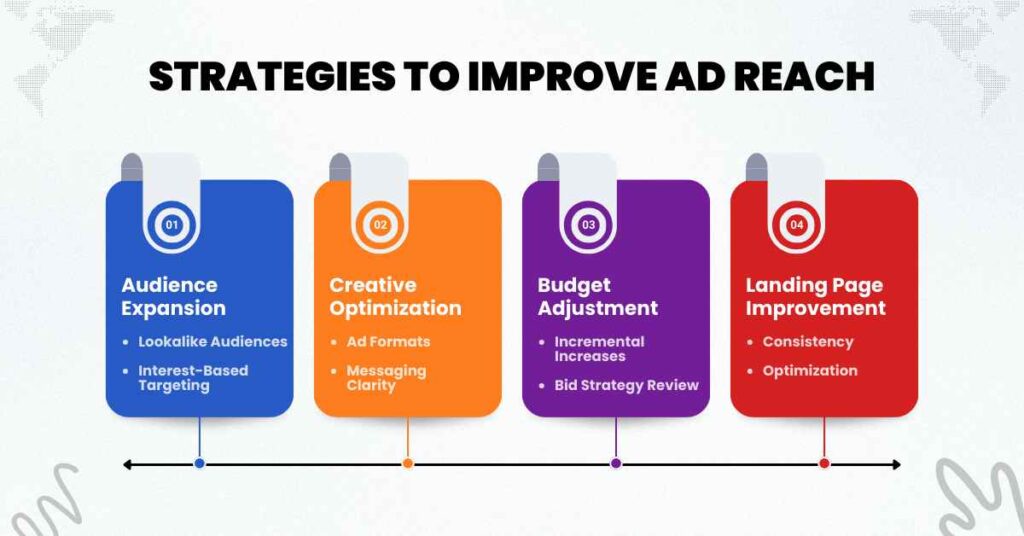
Strategies to Improve Ad Reach
🎯 Audience Expansion
- Lookalike Audiences: Build based on purchase history, engagement, or high-value customers.
Example: A 1% Lookalike Audience from a list of 5,000 buyers can yield over 2 million potential new users. - Interest-Based Targeting: Combine broader interests like “Health & Wellness” with more niche ones.
🧠 Tip: This hybrid approach increases reach while preserving relevance.
🎨 Creative Optimization
- Ad Formats: Use video, carousel, or dynamic product ads.
🎥 Example: Video ads drive 59% more engagement than other formats, especially on mobile. - Messaging Clarity: Focus on benefits, include a CTA.
Tip: Ads with a clear CTA (“Buy Now,” “Learn More”) perform 2x better than vague messaging.
💰 Budget Adjustment
- Incremental Increases: Boost budgets slowly to avoid disrupting performance.
Example: A 15% weekly budget increase allows Facebook’s learning phase to stabilize and scale reach efficiently. - Bid Strategy Review: Try CPA bidding for better cost control.
Insight: Switching from automatic to manual CPA bidding helped one client reduce costs by 25% while increasing reach by 40%.
🌐 Landing Page Improvements
- Consistency: Ensure messaging and visuals match your ad.
Example: An ad promoting a “30% Off Summer Sale” must land users directly on the promo page. - Optimization: A/B test CTAs, layouts, and copy.
📊 Example: A test between “Sign Up Free” and “Try It Now” improved conversions by 18% in one campaign.
- Lookalike Audiences: Build based on purchase history, engagement, or high-value customers.
Monitoring and Analytics
📊 Performance Metrics
- Key Performance Indicators (KPIs):
- Reach: Unique users who saw your ad.
- Engagement: Likes, comments, shares.
- Conversion Rates: % of users who completed actions.
- CPC: Average cost per click.
- CPA: Cost to acquire one customer.
- ROAS: Return on ad spend.
Example: If you spent $500 and earned $2,000, your ROAS is 4x.
- Attribution Models:
- Last-Click: All credit to final interaction.
- First-Click: All credit to initial touchpoint.
- Linear: Equal distribution.
- Time Decay: More credit to recent actions.
- Position-Based: 40% to first and last, 20% spread in-between.
Tip: Facebook recommends Position-Based for most conversion-focused campaigns.
🔄 Continuous Testing
- A/B Testing: Change one element at a time.
Example: Test “Free Trial” vs. “Book a Demo” as CTAs to see which drives more conversions.
Multivariate Testing: Test combinations of headlines, images, and targeting.
Insight: Though it needs larger budgets, it helps optimize multiple variables simultaneously for maximum ROI.
Unlock Your Business Potential with Bsquaree Marketing
At Bsquaree Marketing, we specialize in transforming your Facebook ad campaigns into powerful growth engines. Our data-driven strategies are tailored to elevate your brand’s reach and drive high-quality conversions.
Why Choose Us?
✅ Targeted Campaigns: Reach your ideal audience, ensuring maximum engagement and conversion.
✅ Creative Excellence: Compelling ad creatives that drive action.
✅ Continuous Optimization: Constant refinement for optimal performance and ROI.Ready to Scale Your Business?
Partner with Bsquaree Marketing to unlock the full potential of Facebook advertising. Let us help you turn your ad spend into measurable results.
📞 Contact Us Today!

